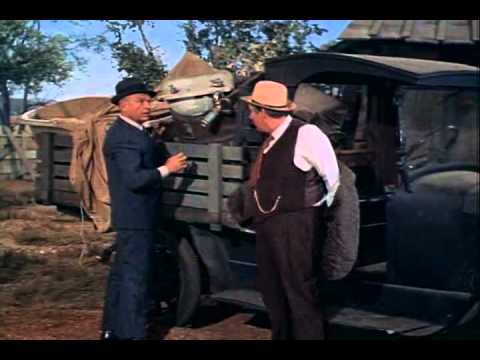I think that this is more likely the truth, the whole truth, and nothing but the truth so help me God.


http://en.wikipedia.org/wiki/Snipe_hunt
This dude was telling the new city dudeit, (meaning you) "Welcome to the neighborhood," either that or else he was trying to con you into letting him "rehome" your hens since he had just relieved you of the city slickers' burden meaning your loquacious roosters.
This guy's name isn't Mr. Haney is it, or your not married to Eddie Albert are you?
Oh by the way, congratulations on your acceptance into your new community!



http://en.wikipedia.org/wiki/Snipe_hunt
This dude was telling the new city dudeit, (meaning you) "Welcome to the neighborhood," either that or else he was trying to con you into letting him "rehome" your hens since he had just relieved you of the city slickers' burden meaning your loquacious roosters.
This guy's name isn't Mr. Haney is it, or your not married to Eddie Albert are you?
Oh by the way, congratulations on your acceptance into your new community!




